Hartwell House hotel review: The former royal refuge offering gardens, gods and unbeatable luxury
Hartwell House in Buckinghamshire, where the exiled Louis XVIII took refuge in the early 19th century, has now become a grand country house hotel. Annunciata Elwes paid a visit.
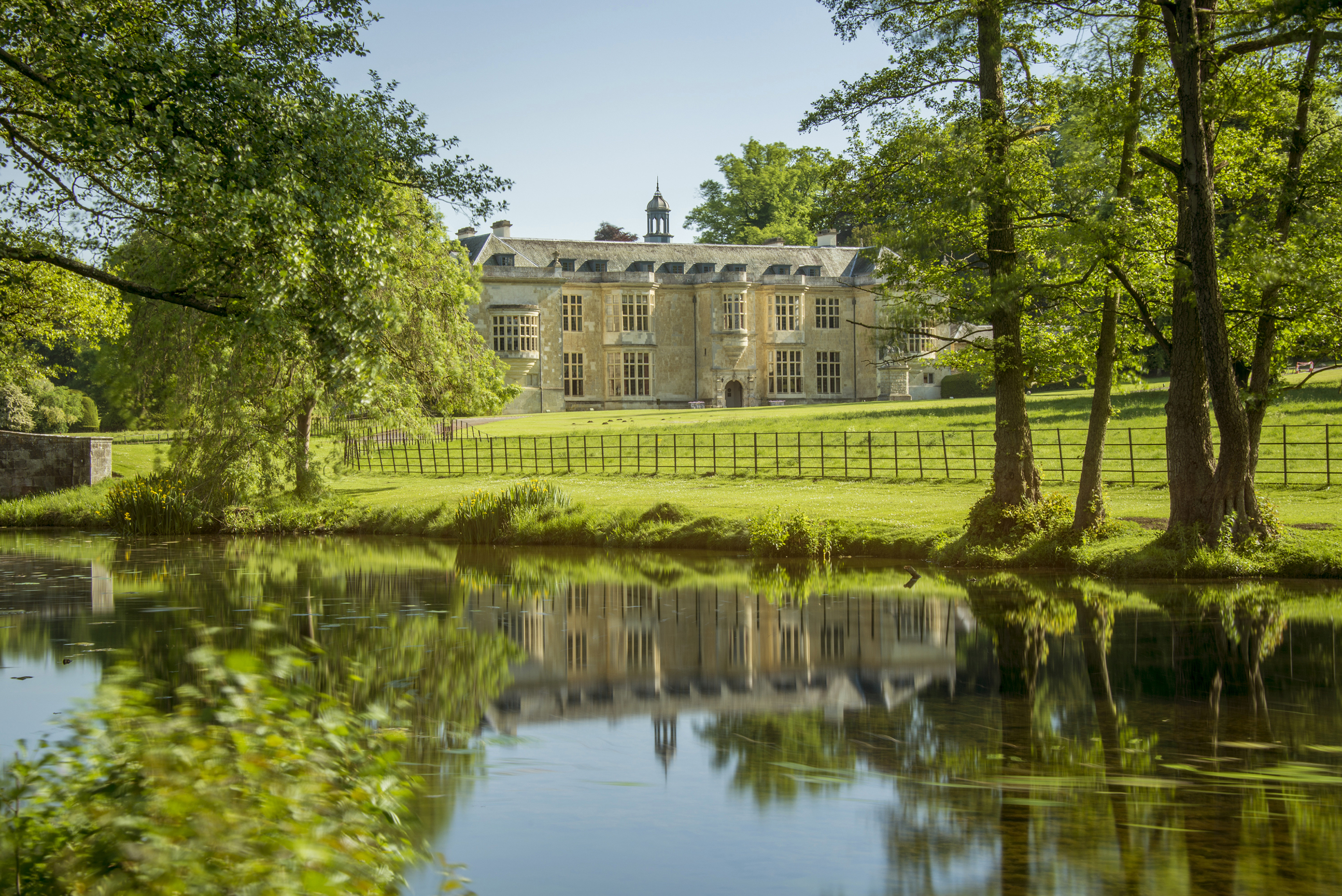

There’s something about the French. It’s not their exquisite wines or their joie de vivre – they seem to know how put the romance into things. So it is that French history records kings known as le Bien-Amié (‘the Beloved’), le Roi Soleil and le Vert Galant (‘the Green Gallant’, on account of Henri IV’s many lovers). Compare these to our Aethelred the Unready and Bloody Mary (and do be aware that I am wilfully ignoring France’s awful Charles I the Bald and Louis II the Stammerer merely to make a point).
Enter the romantically named Louix XVIII le Désiré (‘the Desired’), who had the good sense to move the entire French Court to Hartwell House in Buckinghamshire during his five-year exile, until his countrymen ‘desired’ his return in 1814. If this is not a mark of qualité, we don’t know what is.
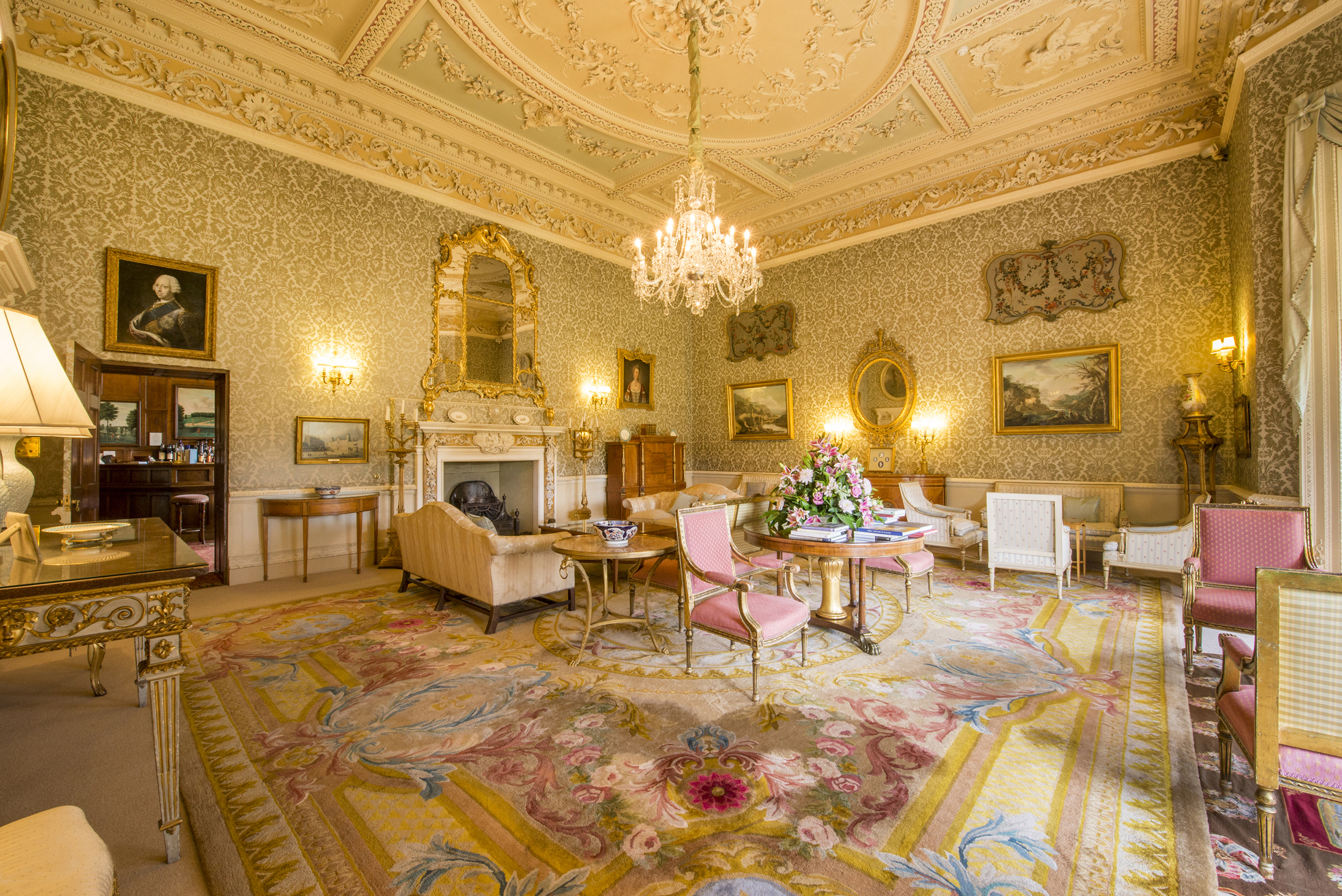
Although mentioned in the Domesday Book, the present Hartwell House dates from the 17th century and was the longtime home of the Lee baronets (from whom the famous Confederate Gen Robert E. Lee descended).
It is one of three select Historic House Hotels – the others are Bodysgallen Hall in North Wales and Middlethorpe Hall in Yorkshire – a company that was founded in 1979 to rescue and restore important country houses. In 2008, Historic House Hotels donated all its interests and profits to the National Trust, so history enthusiasts can be comforted that in staying at one of these luxury hotels, they are in fact supporting their restoration in perpetuity.
With its beautiful Georgian façade, Jacobean features within, ornate chandeliers, mirrors and colourful plasterwork fit for the Palace of Versailles – plus an oak-panelled former chapel, now a bar, which is where le Desiré was found praying when word reached him of his reinstatement – the appeal of the place, both now and for Louis back in the 1810s, is powerful.
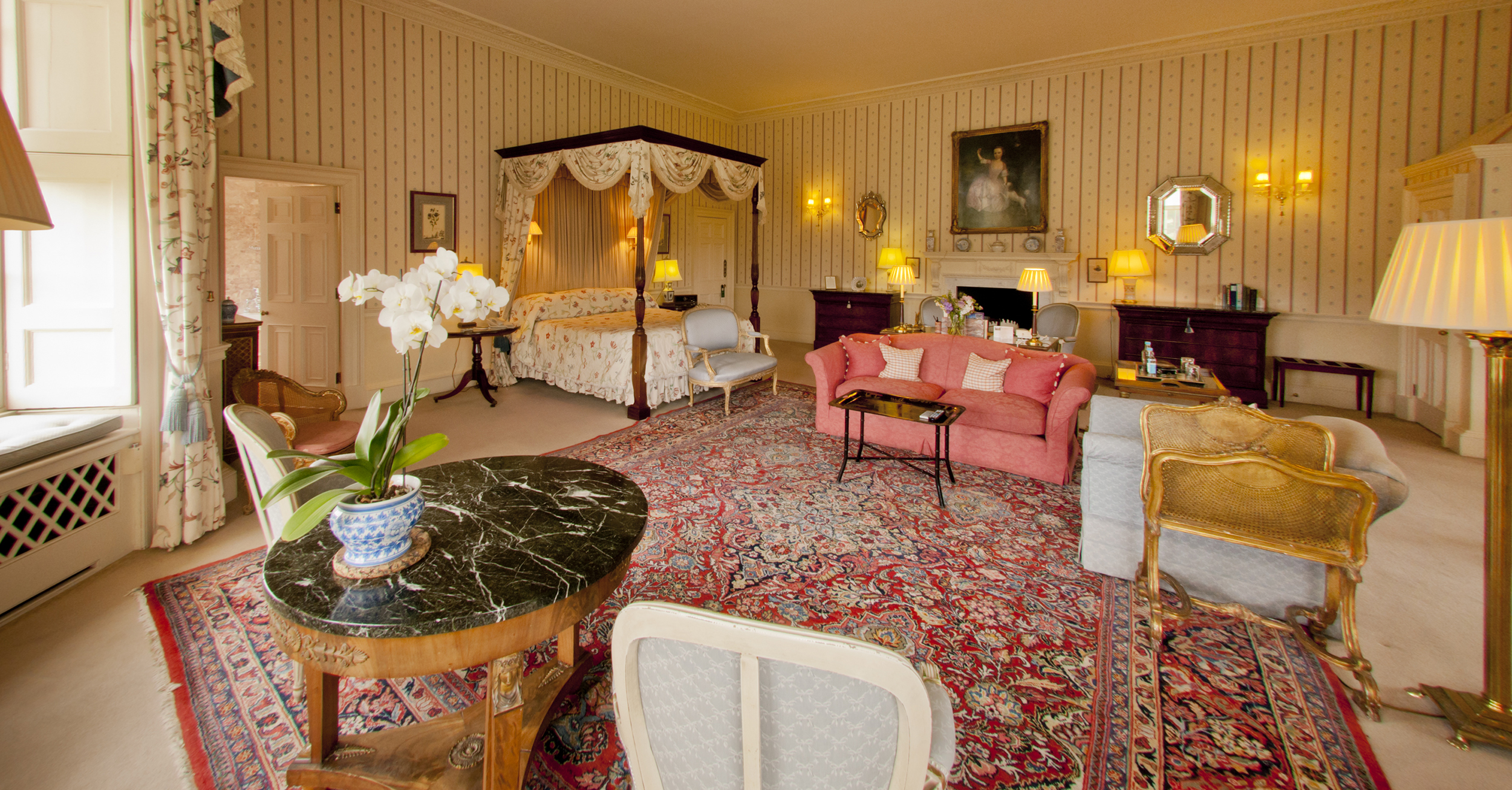
As for modernity, it has been carefully integrated into the fabric of the house as unobtrusively as possible. There may be perfectly balanced blazes in all the fireplaces, undisturbed by even the merest hint of a draught, and ridiculously comfortable, albeit antique sofas, in which one can recline after dinner with a brandy and admire Rococo plasterwork on the ceiling in one of a series of drawing rooms, but make no mistake – this is a heritage property, a sort of luxury museum for sleeping, fine dining and pampering.
There are 30 bedrooms and suites in the main house, most with four-posters and named for the members of the Bourbon family who occupied them – all decorated in a style which will make you believe that they've just left the room for a minute.
Sign up for the Country Life Newsletter
Exquisite houses, the beauty of Nature, and how to get the most from your life, straight to your inbox.
A separate four-bedroom Old Rectory has a private garden and outdoor pool and further tasteful and comfortable accommodation can be found at Hartwell Court, the converted 18th-century coach house 100 yards away from the main house. This is where we stayed and we were very grateful for the separate sitting room, which opened directly onto the grounds, because it meant that our spoilt pug could sleep in his own ‘bedroom’.
Double rooms at Hartwell House start from £240 – see www.hartwell-house.com for more details.
The Gardens
Through undulating grounds laid out by a follower of Capability Brown, I imagine the exiled king and his attendants might have enjoyed the same sort of strolls as we did, perhaps without the accompaniment of a small black pug barking at pigeons, whom we have the misfortune to own.
Visitors and guests can walk past the equestrian statue of Frederick, Prince of Wales in the centre of the turning circle and around the edge of the pretty lake, taking in a landscape peppered with a temple, a rusticated arch, William III’s Column and the Gothic Revival Church of the Assumption. Statues of Jupiter and Juno command their own private Hartwell Court garden.
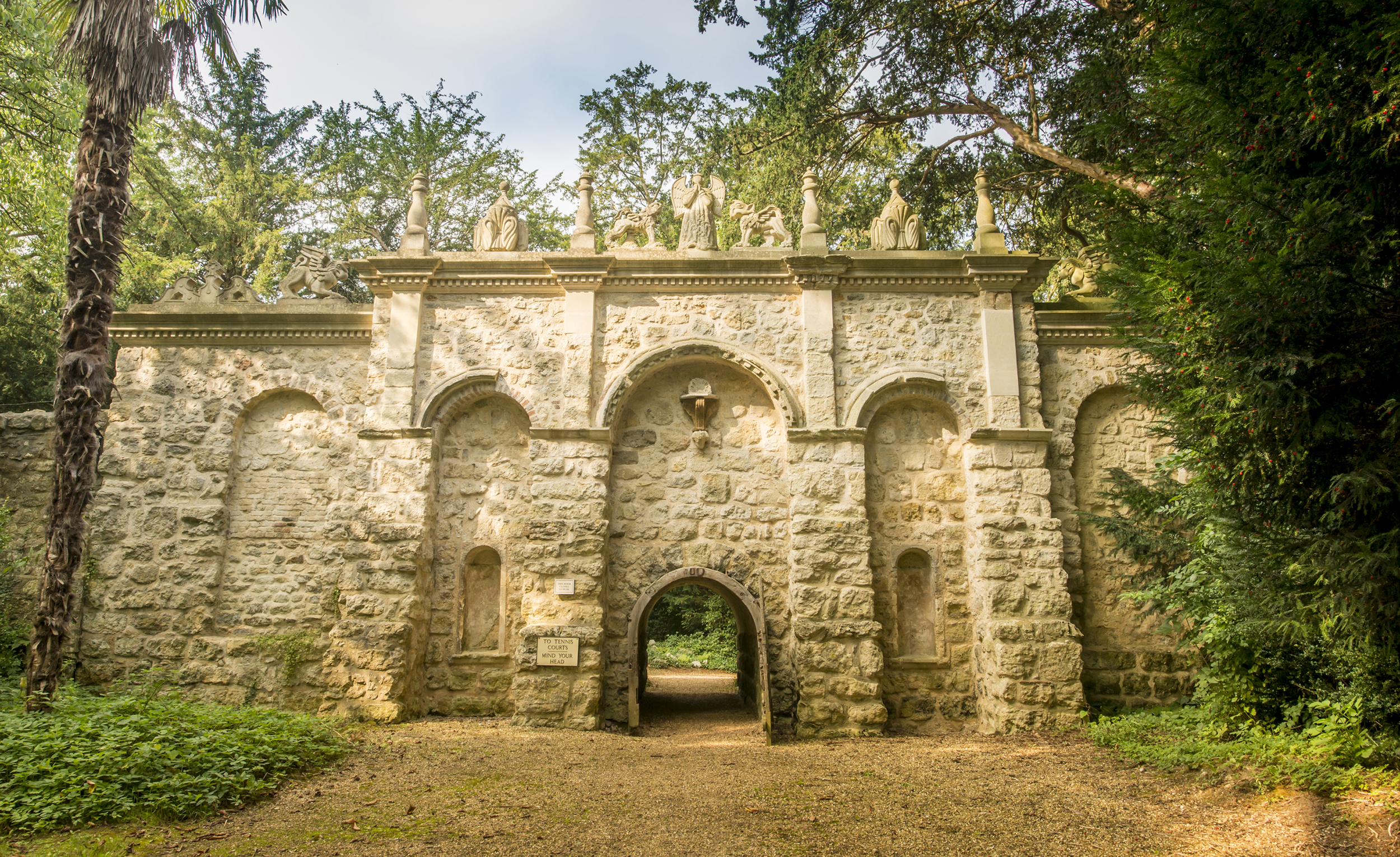
The Spa
The other benefit of staying at Hartwell Court is that the state-of-the-art spa, designed to look like an orangery, is a mere three-second walk across the cobbles.
Even in the dead of winter, we braved the cold to quickly hop outside in our bathrobes and into the deliciously scented cocoon, which offers excellent Aromatherapy Associates beauty treatments and a galleried Roman-style pool area, complete with blue-mosaic tiles and statues in alcoves.
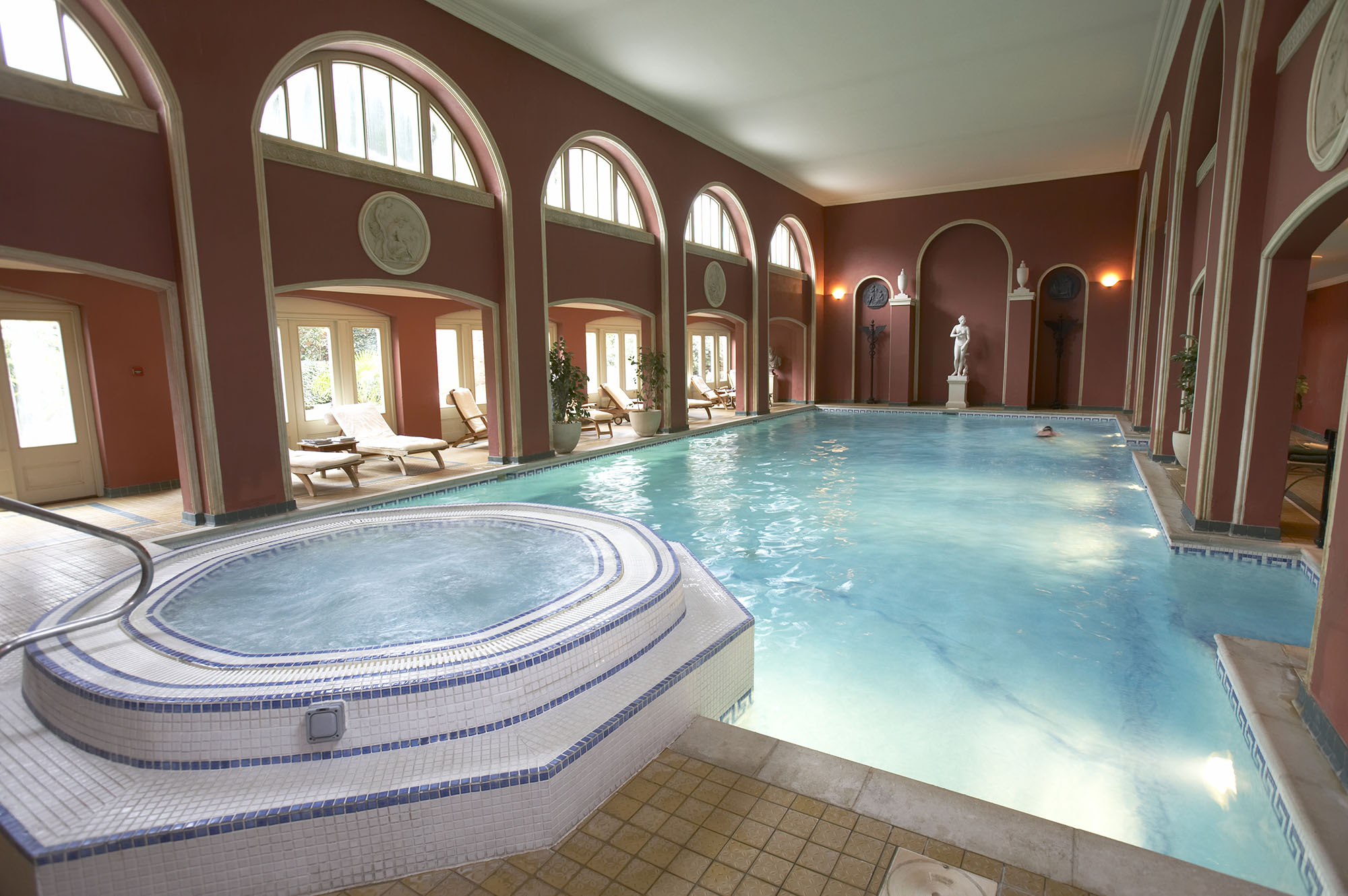
Food and drink
There is an award-winning chef who whips up seasonal delicacies served in a Soane-inspired dining room. Current menu highlights include sea trout gravlax with citrus fennel, and lemon posset with cranberry biscotti and poached blackcurrants. Ingredients are sourced from sustainable land and stocks, by traditional farming methods, in particular from Hartwell’s own gardens and orchards, as well as Oxfordshire and Buckinghamshire farmers. To match, the wine list is lengthy but well curated.
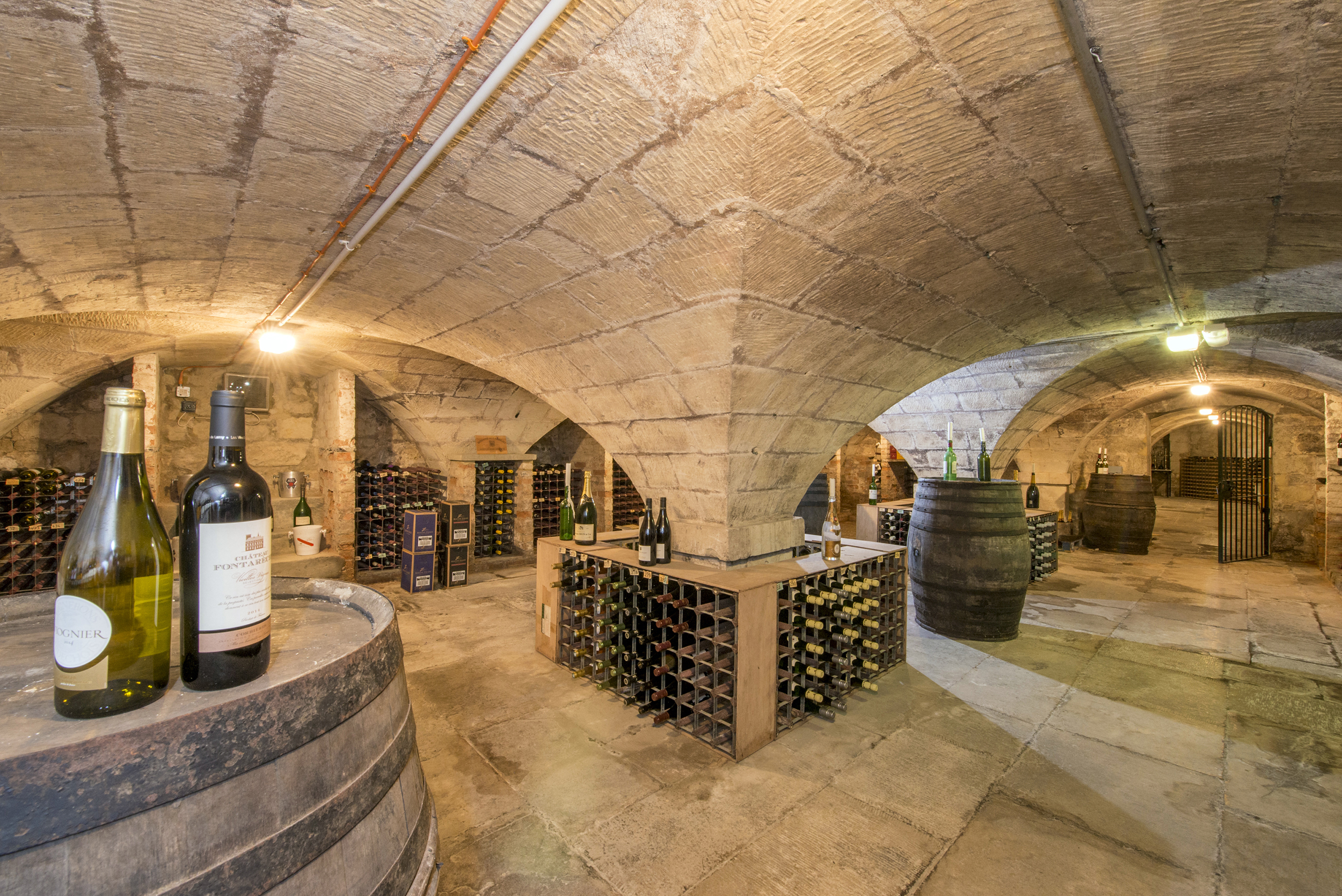
Afternoon tea is a thing of beauty, served with Moët if you wish. What’s more, the imaginative cocktail menu is worthy of a London club – try a 1989, invented by the resident sommelier, named for the year the hotel opened and laced with bumbleberry and Prosecco, or a King Louis, a regal twist on the French 75.
Things to do
Waddesdon Manor
Continuing the French theme, the Rothschilds’ Renaissance-château-style Waddesdon Manor is only six miles away, with paintings by the likes of Watteau, Gainsborough and Reynolds.
The pleasure grounds include a water garden, aviary, sculptures, fountains and a seasonal show of flowers, and big-ticket events include open air theatre, concerts, guided stargazing, food markets and Christmas and summer fairs. www.waddesdon.org.uk
Walking
Travel six miles south and you’re in the Chiltern Hills AONB, sometimes compared to the Cotswolds (also not far) without the crowds. If you want gentler slopes, head to the North Chilterns, otherwise Dunstable Downs is the highest point in the East of England. Wendover Woods is carpeted with bluebells in spring and fans of war poet Rupert Brooke should have a pint in his favourite Pink & Lily pub above Princes Risborough. www.chilternsaonb.org
Aylesbury
The market town of Aylesbury is almost on Hartwell's doorstep, famous for being the town where David Bowie debuted Ziggy Stardust in 1971. Afterwards, in the dressing room, he supposedly said to his fellow performers: ‘This was great tonight. Let’s form a band and go out and do it properly.’ Last year, a bronze sculpture of Bowie was unveiled in the Market Square, with speakers mounted above it that play a Bowie song every hour.
The Roald Dahl Museum
One not to miss if you're travelling with children – or even if you're not – is the Roald Dahl Museum and Story Centre at Great Missenden, the village where the author lived and wrote (in his shed) for 36 years. There's also a Roald Dahl Gallery at the Bucks County Museum in Aylesbury itself. www.roalddahl.com www.buckscountymuseum.org/roalddahl
Annunciata grew up in the wilds of Lancashire and now lives in Hampshire with a husband, two daughters and an awful pug called Parsley. She’s been floating round the Country Life office for more than a decade, her work winning the Property Magazine of the Year Award in 2022 (Property Press Awards). Before that, she had a two-year stint writing ‘all kinds of fiction’ for The Sunday Times Travel Magazine, worked in internal comms for Country Life’s publisher (which has had many names in recent years but was then called IPC Media), and spent another year researching for a historical biographer, whose then primary focus was Graham Greene and John Henry Newman and whose filing system was a collection of wardrobes and chests of drawers filled with torn scraps of paper. During this time, she regularly gave tours of 17th-century Milton Manor, Oxfordshire, which may or may not have been designed by Inigo Jones, and co-founded a literary, art and music festival, at which Johnny Flynn headlined. When not writing and editing for Country Life, Annunciata is also a director of TIN MAN ART, a contemporary art gallery founded in 2021 by her husband, James Elwes.
-
 'Monolithic, multi-layered and quite, quite magnificent. This was love at first bite': Tom Parker Bowles on his lifelong love affair with lasagne
'Monolithic, multi-layered and quite, quite magnificent. This was love at first bite': Tom Parker Bowles on his lifelong love affair with lasagneAn upwardly mobile spaghetti Bolognese, lasagne al forno, with oozing béchamel and layered meaty magnificence, is a bona fide comfort classic, declares Tom Parker Bowles.
By Tom Parker Bowles
-
 Country houses, cream teas and Baywatch: Country Life Quiz of the Day, April 24, 2025
Country houses, cream teas and Baywatch: Country Life Quiz of the Day, April 24, 2025Thursday's Quiz of the Day asks exactly how popular Baywatch became.
By Toby Keel